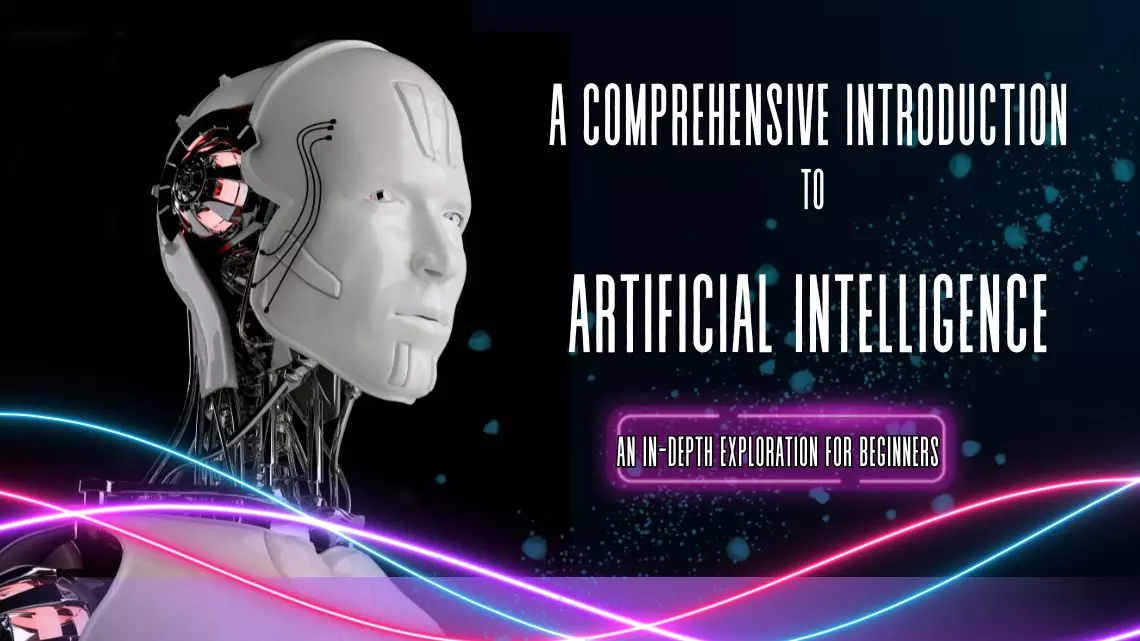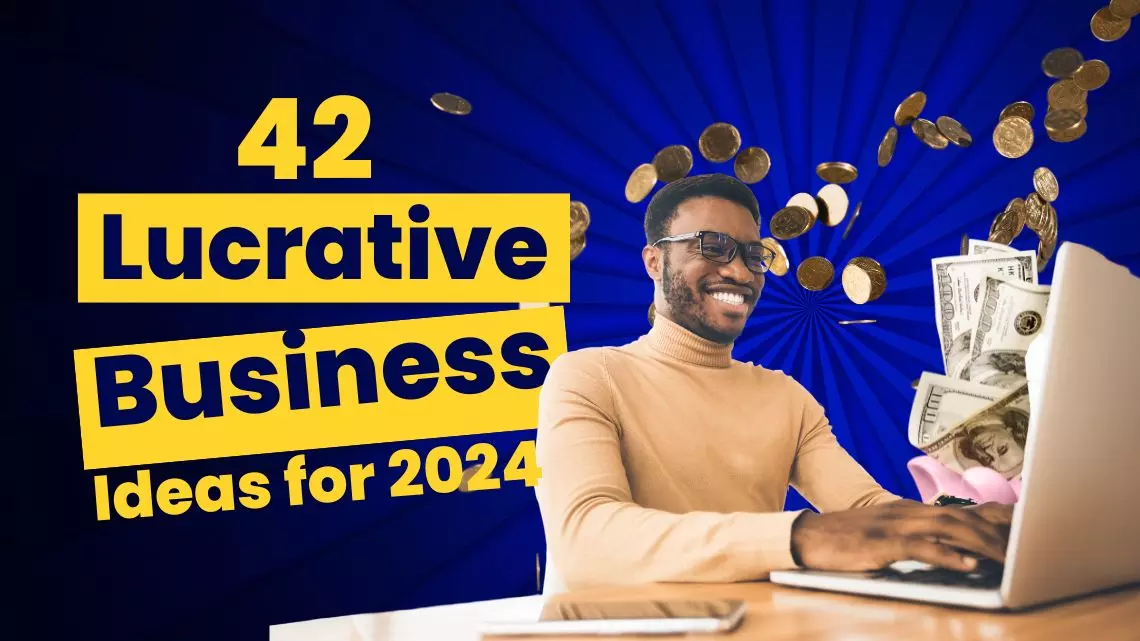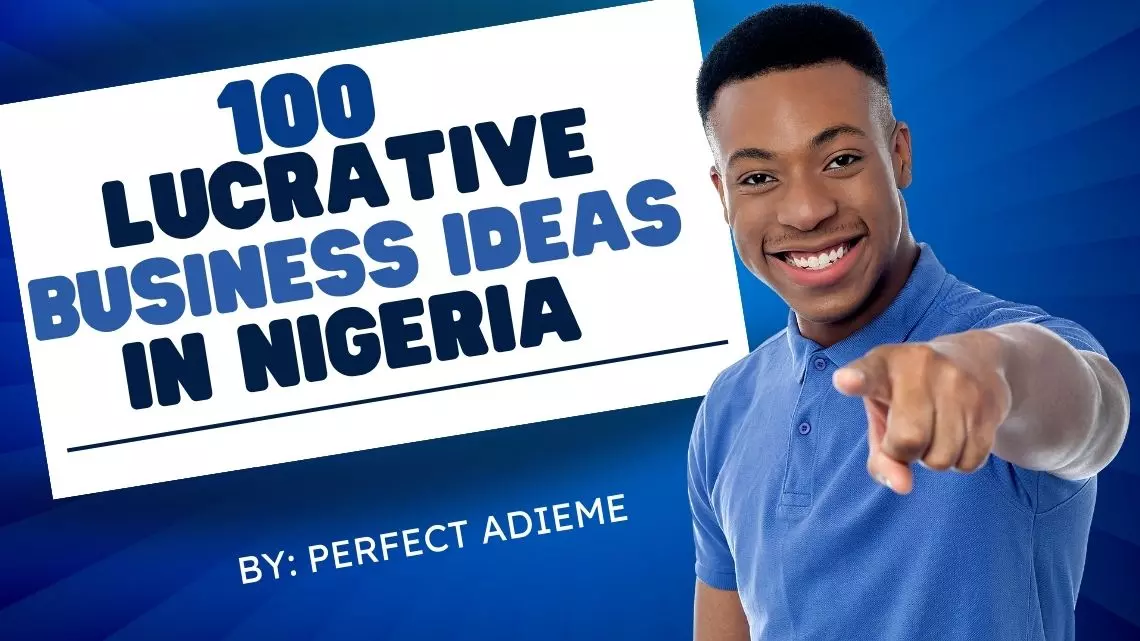From zero to a million: how to build a successful YouTube channel
YouTube has become one of the most popular media platforms in the world, with hundreds of millions of users logging in every month to watch videos, and tens of thousands of channels producing content on every topic imaginable.
If you’re interested in using YouTube to build an audience and brand yourself as an expert, it can seem like an overwhelming task to get started. Here are the steps you should take to build a successful YouTube channel from scratch. These techniques will help you define your niche, build a great channel name, and attract viewers who want to hear what you have to say.
Step 1 - Find your niche
In order to find your niche, you'll need to think about what makes you unique. If you're interested in gaming, it's unlikely that there will be a lot of other gamers who are also doing live streams on their channels. On the other hand, if you love makeup tutorials and beauty products, then there is probably going to be a lot of competition for your attention. Once you've found your niche, it's time for step 2!
Step 2 - Video recording tips
You should also consider what type of video you're going to create. Creating videos with high production value is the best way to go if you want your channel to grow, but the amount of time and money that goes into it can be prohibitive for some channels. There are different ways to produce quality content without spending too much. For example, while they may not look as professional as those produced with expensive equipment and lighting, vlogs (video blogs) are an excellent way to create engaging content at a lower cost.
Step 3 - How to write good video titles and descriptions
If you want your videos to be found, you need to write good titles and descriptions. When it comes to the title, think of what the viewer will search for when they're looking for content like yours. A good rule of thumb is that the word in your title should appear at least once in your video's description. The description should tell viewers what they can expect from watching this video and include any keywords that might help get it found on YouTube.
Step 4 - What kind of equipment should you use?
When it comes to equipment, you don't need too much. A camera is the most important thing because if you can't see what's happening, there's no way for people to watch it. If you want your videos to sound good, get a microphone that suits your needs. For example, if you're going to be talking or narrating for the whole video then get an external mic.
Step 5 - Monetisation options
One of the most important steps in the process is finding ways to monetize your hard work. You can monetize your content through advertising, sponsorships, and brand deals. There are three different types of advertisements on YouTube: banners, pre-rolls, and overlays. Your videos can be sponsored by companies that want to promote their products or services on one of your videos. Companies will pay you for using their product or service as part of the video. They may also pay you for posting about them (e.g., mentioning them) in your video description. Lastly, you can set up brand deals with brands and ask for compensation for collaborating with them on a video project, such as filming an advertisement for them at home and uploading it to YouTube.
Step 6 - Conclusion
Now that you know the basics of building your own YouTube channel, it's time to get started! The best way to start is with an idea. I recommend picking an idea that you're passionate about. Once you've figured out what type of content you want to create, it's time for step two – researching your audience and brainstorming ideas. Look at similar channels and see what they do well and what they don't do well.


%20Trends%202024%20Transforming%20the%20Future.webp)


.webp)
.jpg)
